While a pirate’s life in fiction is glorified as action-packed battles, capturing merchant ships filled with plunder and taking what ye will, there’s a little more to it. A savvy buccaneer has to play all the angles for their fortune.
In The Pirate: Caribbean Hunt, your pirate will be traveling between dozens of ports; all offering a variety of goods from across the Spanish Main as well as a place to sell off recently acquired booty.
Knowing what to buy and sell, where to go and how to barter can mean the difference between surviving and thriving in the islands.
A Deal in Every Port
On the Map screen, a random product icon will appear above the port name.
This can help you quickly identify locales to pick up or drop materials. Green indicates the product is cheap, while red means expensive.
From the same Map screen, clicking the Port name will bring up a pop-up window detailing that location.
The details include the Port Name, which nation controls it, which ships currently are docked there, and also whether a particular product is on sale cheap or in high demand (higher priced).
Your reputation in each port varies by how friendly you’ve been to that nation’s fleets. It can influence your purchasing power as well as any ‘fees’.
Cargo Shopping
In port, click the Cargo Shop icon in the upper left.
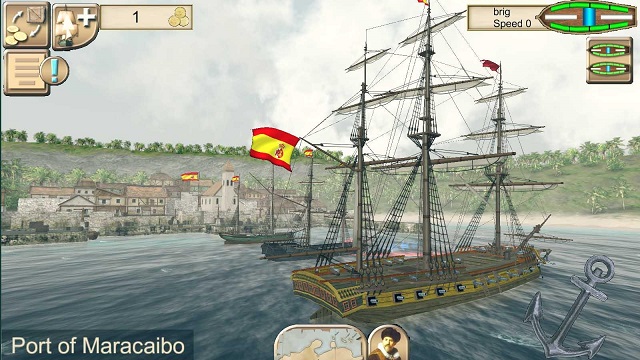
This brings up the Cargo Shop pop-up window. Note the available items at the bottom. These are the wares available for sale and current prices.
At the top part of the window is the current ship cargo hold. This allows you to sell things from your ship or buy things from the shop.The numbers below each item indicate the amount of each item available. Above that is the price in gold coins.
Gold amounts in Green denote an item is plentiful. This means the port is willing to sell them CHEAP. Prices in Red are ABOVE market value, due to shortages or high demand.
Just being able to pick up bargain items on one island and sell them at market price or shortage prices will net you some profit.
The trick is timing WHEN to buy and sell.
Hard Wares
Every major port offers the same variety of materials. The market values can fluctuate from port to port, so be on the look-out for bargains or sudden inflation to make some quick gold.
Each product has weight that takes up cargo space in your ship’s hold or warehouse space. Be mindful to have the room you need.
- Cannon Balls – Heavy iron balls for blasting holes in ships hulls.
- Chain Rounds – Two iron balls connected by chain for damaging masts.
- Grapeshot – This pellet ammunition is for attacking ship crews.
- Bombs – These explosive cannon rounds for attacking forts.
- Cannons – These armaments can be bought/sold or added to your own ship as replacement guns.
- Planks – Cut wood which can be used to repair hulls at sea.
- Sail Cloth – Rolls of canvass can be used to repair sails while at sea.
- Gunpowder – Barrels of explosive powder. Also used for traps.
- Oil Barrel – These products can also be used to set enemy ships aflame.
- Rum – A drink a day keeps the crew happy. Distilleries in your home port can produce rum to sell or use aboard your ships.
- Cotton – A common product used to produce sailcloth.
- Sugar – A common product.
- Spices – A more expensive product, popular with smugglers.
- Tobacco – A common product.
| Ware | Cost | Weight | Function |
| Cannon Ball | 1 gold | 1 | Anti-Hull Ammunition |
| Chain Round | 1 gold | 1 | Anti-Sail Ammunition |
| Grapeshot | 2 gold | 1 | Anti-Personnel Ammunition |
| Bombs | 4 gold | 1 | Mortor Ammunition |
| Gunpowder | 18 gold | 30 | Trap Ammunition |
| Cannon | 18 gold | 50 | Weapon |
| Oil Barrel | 18 gold | 30 | Firebomb Ammunition |
| Rum | 20 gold | 30 | Crew Boost |
| Cotton | 20 gold | 60 | Sailcloth material |
| Tobacco | 32 gold | 40 | Common Cargo Ware |
| Sugar | 21 gold | 50 | Common Cargo Ware |
| Spices | 30 gold | 50 | Common Cargo Ware |
| Sail Cloth | 12 gold | 40 | Sail Repair Material |
| Planks | 10 gold | 40 | Hull Repair Material |
Tips of the Trader
Good fortune smiles on the pirate who can spot a product cheap in one port, then immediately turn it around in a high-demand port.
But, to truly take advantage of those opportunities, you need cargo space. The starting Cutter has very limited capacity. Look to trade it in ASAP.
Or, better yet capture or buy more ships to haul ill-gotten gains. To that end, your first captain’s skill point should go to the Corsair skill, which allows you to board and capture ships.
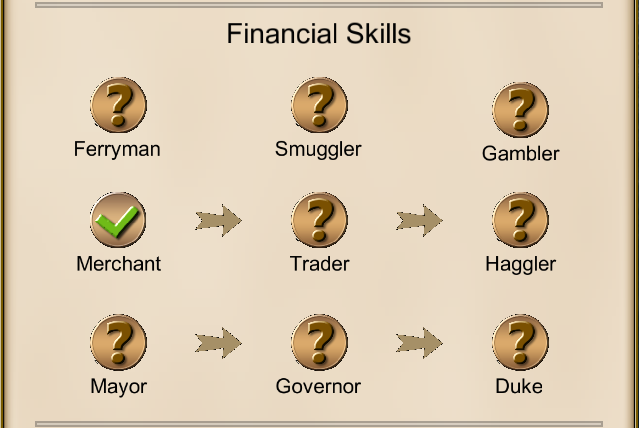
Next consider adding the Merchant, Trader and Haggler skills, which increase how much money you get from Cargo Shops and lower product costs.
Later, adding the Ferryman and Smuggler skills offers new opportunities for the pirate to transport passengers or illegal goods with a higher earning rate but also more added risks.
Make It Yourself
Once you’ve established your Home Port in the game, you will be able to put up your own building that create Wares.
- Distillery – Makes Rum
- Farms – Grow Cotton
- Forge – Makes Cannonballs
- Lumbermill – Makes Planks
- Sailmaker – Produces Sailcloth
These items can then be sold. Your buildings are constantly creating Wares so they’re a good source of steady income.
Later on, adding the Mayor, Governor and Duke skills will increase the output of your buildings.
Corporate Raiding
If a Raider want big gains… they take big risks.
And the biggest risk? Attacking port towns. That means destroying or capturing ships that are protecting the town while under fortress gunfire, then launching mortar attacks to destroy the protective walls.
If your crew has the mettle, you can rake in the booty. Just be ready for the downside of making bigger enemies.
Build up your fleet and weapons! Be bold! Go for the gold… shiny gold coins!
Are you playing The Pirate: Caribbean Hunt? What works for you? What tips would you give starting pirates?

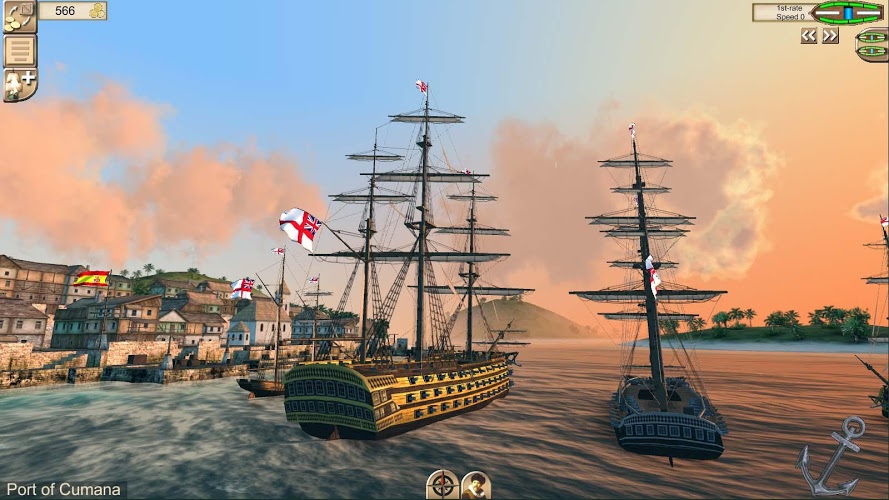
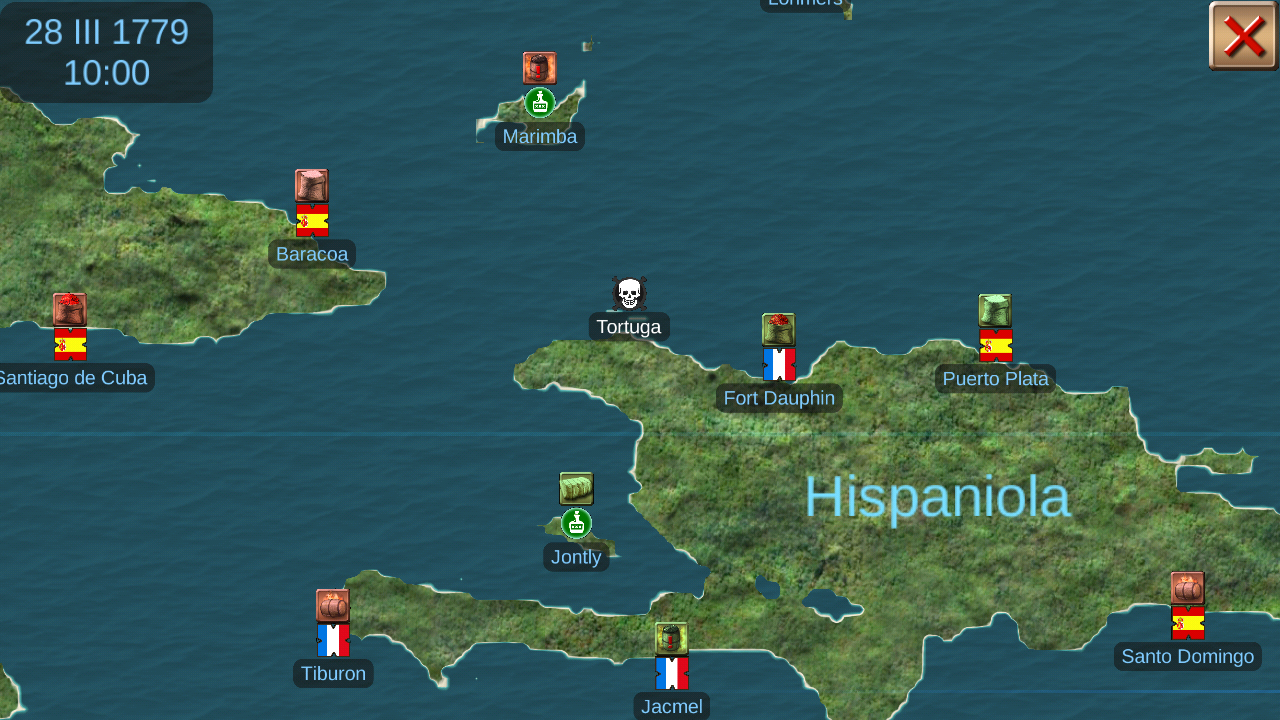
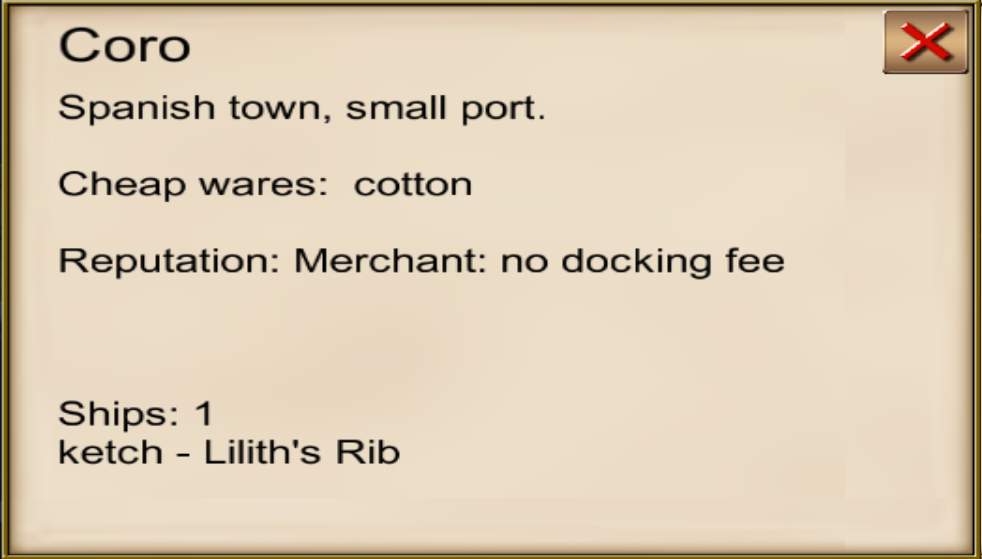
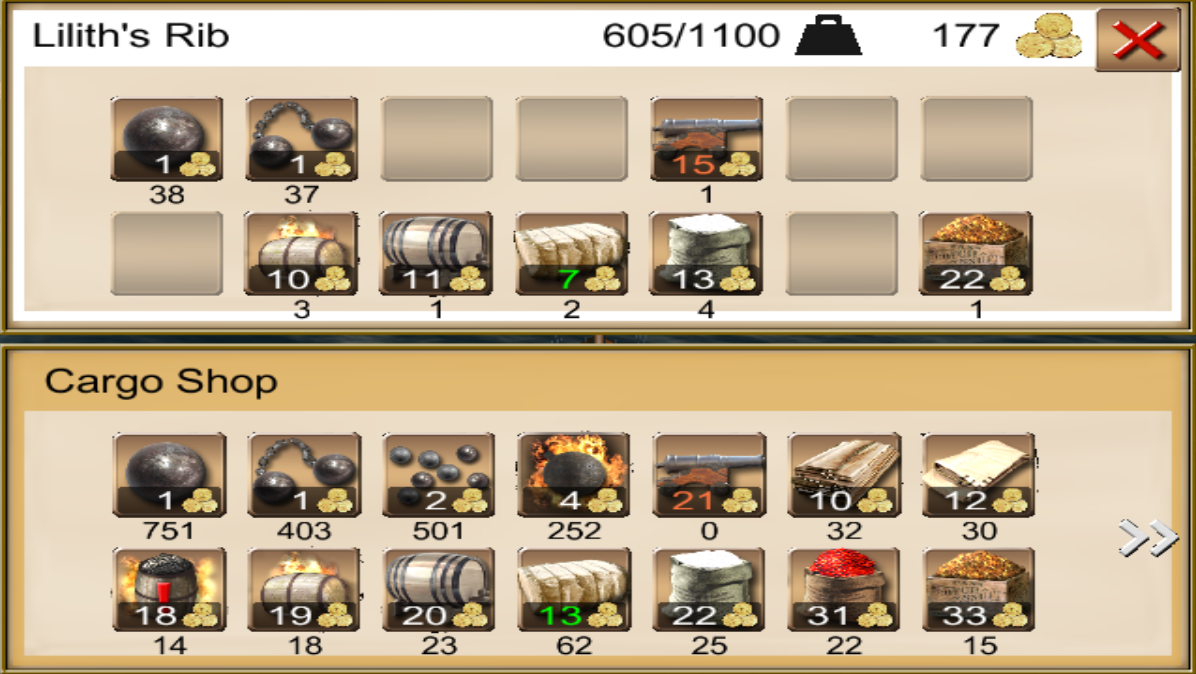

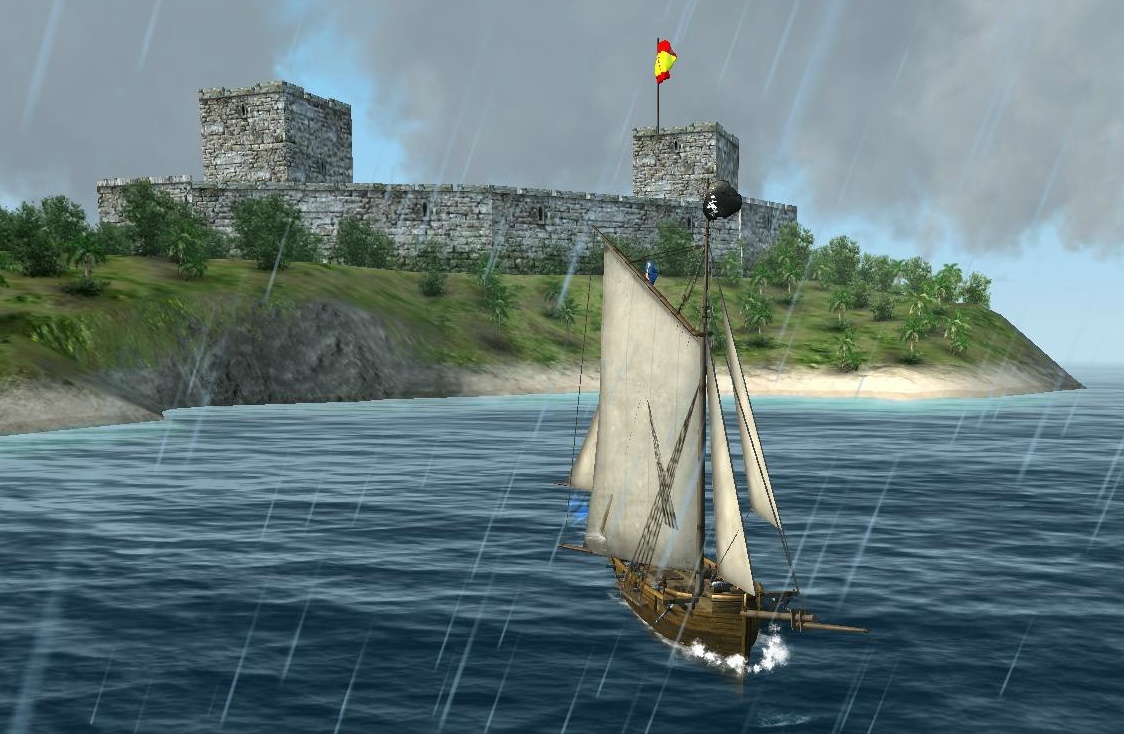

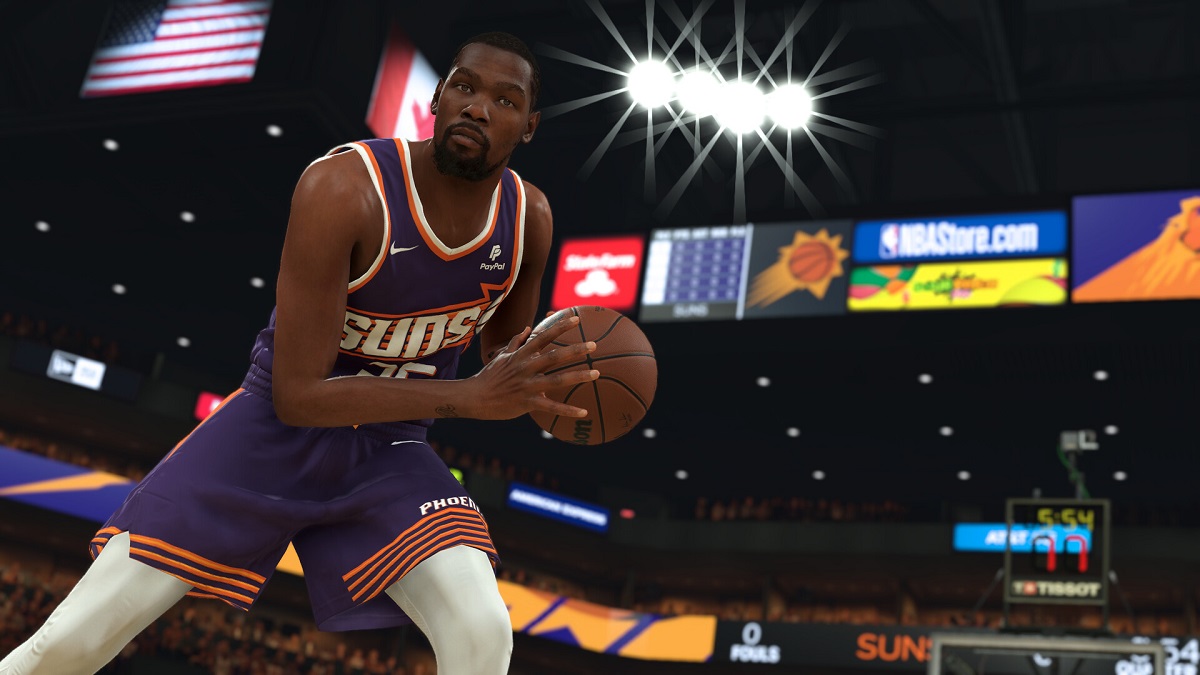



Published: Sep 26, 2016 05:45 pm